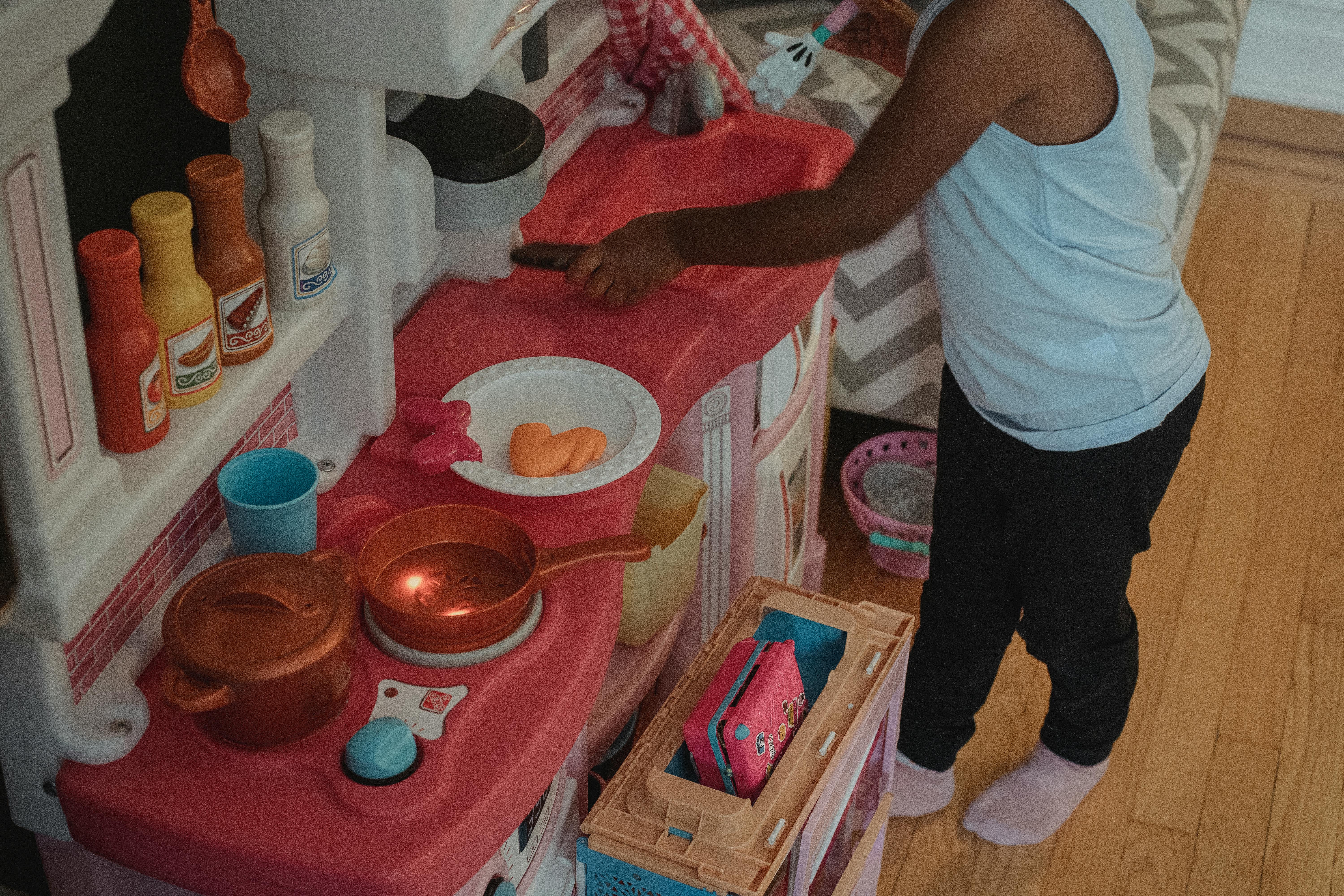The floor is an important part of interior design. In a factory where floors are subject to a lot of wear and tear, choosing the right floor is crucial as it is part of the initial investment and is often spread over a large area. One of the most commonly used flooring options for this niche is epoxy flooring. This choice revolves around the fact that epoxy floors are highly durable, require minimal maintenance, and are eco-friendly. It is therefore the recommended flooring option for both residential and industrial buildings. Epoxy floor coatings are typically applied over concrete floors to provide the best bonding results and aesthetically pleasing surfaces.
The term epoxy refers to a form of catalyzed plastic. It is basically a resin and is usually a compound of bisphenol-A and a polyamine. Epoxy resin was invented in the 1930s by a Swiss scientist, Dr. Pierre Castam. Generally polyamines are used to harden the surface or the ground. A catalytic reaction occurs when the resin and hardener come into contact with each other. They bond with each other and create a high-strength chemical crosslink. This bonding technology is the reason why epoxies can be topcoated in a short amount of time.
There are three main types of epoxy for floors. They are 100% solid epoxies, solvent-based and water-based. Of these three, 100% solids epoxy is the best choice as it performs the best. Waterborne and solventborne epoxies are considered easy to use, but these types of epoxies are not as durable and cannot be applied as a thick coat as 100% solids. Solid epoxies perfectly meet all the stringent requirements that must be met when designing an industrial floor. It offers strong adhesion, excellent chemical resistance and toughness. In addition, epoxy floors are generally abrasion resistant, waterproof, heat resistant, and resistant to the action of corrosives such as acids and alkalis. They are non-toxic when dry and can therefore be used safely even in residential projects and children’s play areas.
The practical application on a floor surface follows the steps below. The compounds are mixed in a suitable ratio and applied to the floor to a minimum depth of 2mm. Typically, an epoxy floor requires at least seven coats to finally create a shiny, finished surface. Includes a base coat, one or two coats of epoxy, a broadcast coat of colored sand or flake, and a topcoat.
The main advantage of epoxy floors is the ease of maintenance. Concrete floors need adequate protection, and an epoxy floor is the best option to offer protection against abrasion, chemical attack, and thermal shock, commonly experienced in an industrial facility. With the advent of technology, more innovations are expected and it is only a matter of time before epoxy flooring solutions find wide application in the residential segment as well.
